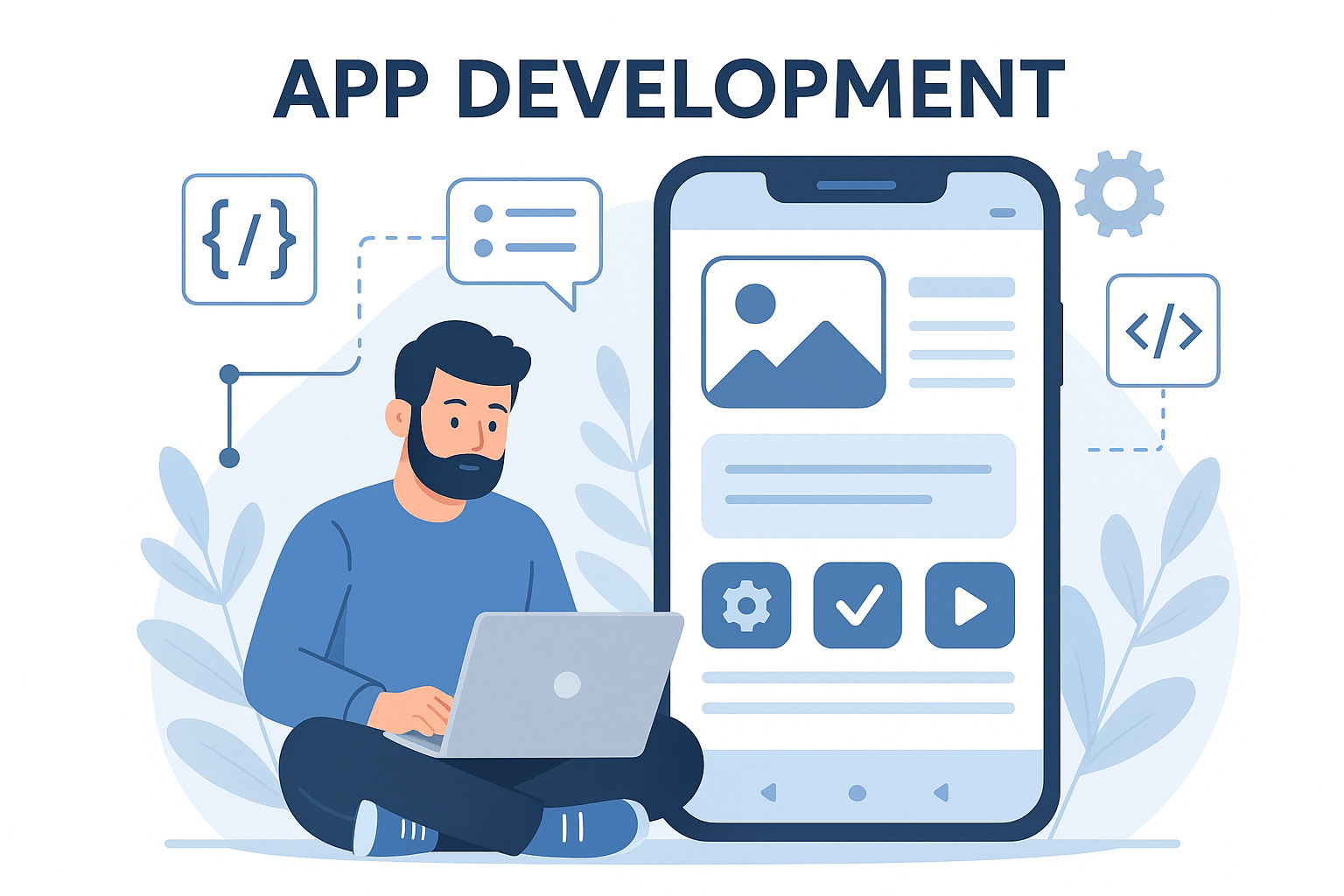Do you really need a degree to be a successful graphic designer? This question exposes endless debate in creative circles. Some people argue that raw talent and a strong portfolio exceed formal education, while others believe that a structured degree may offer the knowledge, reliability, and opportunities required to flourish in this competitive field.
In this guide, we will detect the importance of graphic design degree, their benefits, studies of real -world case, and whether to chase anyone is the right way for you.
Why a graphic design degree matters
While many successful designers are self-reliant, formal education in graphic design offers structured learning, access to industry professionals, and networking opportunities that may be priceless. Why earning a degree here can be a game-changer:
1. Extensive skill development
A degree program provides experience on hands with essential design software such as Adobe Creative Suite (Photoshop, Illustrator, Indesign) and Typography, Color Theory, and Branding.
2. Reliability of industry
Many employers prefer candidates with a formal education in graphic design. A degree can give you a lead when applying for competitive positions in agencies, corporations, or freelance projects.
3. Structured teaching and mentorship
The design degree offers a well-rounded course taught by experienced professionals. You will receive feedback on your work, engage in criticism, and develop the necessary problem-solution skills for the industry.
4. Networking and internship opportunities
Participating in a graphic design school connects you with equal ideology peers, trainers and potential employers. Many programs offer internships, which give students the risk of real world before graduation.
5. Understanding business and marketing
Many degree programs now integrate courses on branding, marketing and business management, which helps designers to infection in leadership or entrepreneurship roles.
6. Top graphic design degree and school
If you decide to pursue a degree, it is important to choose the right institution. Some of the top-ranked graphic design programs include:
- Road Island School of Design (RISD) is known for its rigorous design programs and industry connections.
- Sawana College of Art and Design (SCAD)-provides state-of-the-art resources and a network of strong alumni.
- Parsons School of Design – Integges technology and innovation in design education.
- California Institute of the Arts (CalArts) – focuses on experimental and artistic approaches to graphic design.
- The School of Visual Arts (SVA) provides a demonstration of the mentoring faculty and the real-world project.
- For those looking for more affordable options, many state universities and online programs provide excellent design education at a fraction of the cost.
Alternative Paths: Do you need a degree?
Graphic design is not the only way to create a successful career. Many self-affected designers have made it big by taking advantage of online courses, mentorship, and practical experience. This way:
1. Online learning platform
- Skillshare, Udemy, Coursera – Design software, affordable courses on branding, and UX/UI design.
- LinkedIn provides professional-level training on learning fundamental and commercial skills.
- Domestica offers quality courses from top designers across the world.
2. Build a strong portfolio
Real-world projects, freelance work, and personal design challenges can extend beyond a degree when applying for well-designed portfolio jobs displaying challenges.
3. Networking and internship
Many companies rent portfolios based on the strength and experience of the portfolio. Being engaged in freelance work, networking events, and internships can open doors without a formal degree.
4. Continuous skill development
Design trends develop rapidly. It is important for them to remain competitive with the latest software, typography trends, and digital marketing strategies.
Real-world success stories
David Carson, a self-taught designer, became one of the most influential graphic designers in history, known for his experimental typography and innovative layouts.
Jessica Walsh and Walsh’s co-founder, Jessica, earned a degree in graphic design but emphasized that creativity, story, and branding skills are more important than formal education.
Aaron Draplin created a successful career through freelance work, self-learning, and an impressive portfolio instead of a traditional degree.
Common mistakes to avoid when chasing a design career
1. Outs up business and marketing skills
Many designers focus perfectly on aesthetics but fail to understand branding, marketing, and business strategy as significant factors in high-paying design.
2. Lack of expertise
Generalists can struggle to stand out. Consider expertise in areas such as UX/UI design, motion graphics, or branding.
3. Weak portfolio presentation
Even with a degree, a bad portfolio can bring you back. Always demonstrate high-quality, diverse, and real-world projects.
4. Not updated on trends
Graphic design is continuously developing. Keep learning new equipment and trends to remain relevant.
Future of Graphic Design Education
With the rise of AI and automation in design, the industry is moving towards more strategic, ideological, and UX-in-operated roles. The future of design education will probably emphasize:
- A-Assisted Design Tools (eg, Adobe Jugnu, Canva AI)
- Increasing demand in user experience (UX) and UI design-tech-operated industries.
- Remote learning and online certificates offer more accessible design education.
- Increasing attention to stability and moral design-environment-friendly and socially responsible design practices.
Conclusion: Should you get a graphic design degree?
The decision to advance the degree of graphic design depends on your career goals, learning style, and resources. A degree provides reliability, networking, and structured education, but it is not the only way to success.
If you are emotional about the design, focus on creating a strong portfolio, gaining real-world experience, and consistently learning through formal education or self-directed studies.
Are you considering a graphic design degree or taking a self-afflicted path? Share your thoughts in the comments! Need resources to start? Explore our curated list of online design courses and portfolio-building tips.




